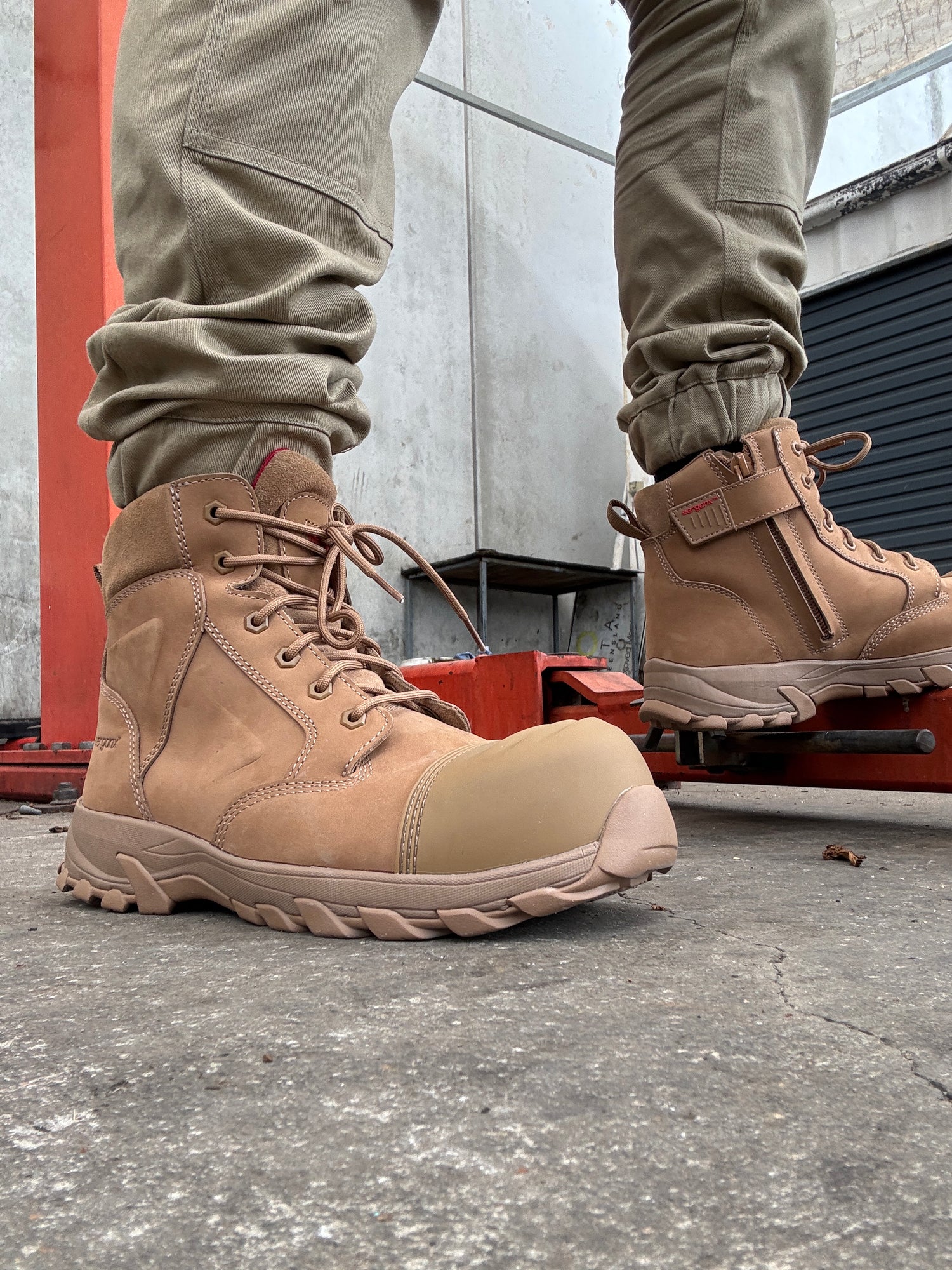HOME/ FOOT HEALTH BLOG / FLAT FEET WHY ARE THEY BAD
Today, we're diving into the intriguing world of flat feet—a common foot condition that has gained a bit of a reputation over the years. We'll unravel the reasons behind the negative connotations associated with flat feet and shed some light on the biomechanics of this condition that may change how you take care of your feet.

What are flat feet?
Let's start with the basics. What are flat feet? Well, typically when we examine a normal foot, it will have a natural arch that stays elevated during walking and running. An aligned foot with a normal arch will act as a spring to propel the body forward. However, with a flat foot, the arch collapse, and the foot rolls inwards (overpronation). Unlike aligned feet, when flat feet attempt to push off the ground, they have to work a lot harder to stabilize themselves. The joints, ligaments, and muscles all experience increased pressure, and so, the feet become less effective levers for propulsion. Consequently, they can become fatigued and sore.

Not one and the same, there are different types of flat feet
Not all flat feet are created equal. There are two main types of flat feet—rigid flat feet and flexible flat feet.
-
Rigid flat feet have arches that remain flattened regardless of whether the foot is bearing weight or not. The arches do not reappear when the foot is lifted off the ground.
-
Flexible flat feet have a temporary arch when the foot is not bearing weight. However, when weight is applied, the arch collapses.
Both can be managed effectively with the appropriate interventions. The key to managing either is early detection, proper evaluation, and the right kind of support.

Causes of flat feet
Flat feet is also known as pes planus. It is an extremely common condition that can have various causes. Some are born with flat feet, while others may develop them over time. One of the largest causes is genetics. If your parents or close family members have flat feet, you are more likely to inherit them as well. Injuries and trauma can also alter the foot's structure and cause the arches to collapse.
Some medical conditions, such as posterior tibial tendon dysfunction or a tight Achilles tendon, can cause the structures of the arch to become weakened. Systemic conditions like arthritis, diabetes, and nerve-related disorders can also affect the foot muscles and lead to a lack of arch strength.
For children, flat feet are relatively common and often do not cause any issues. Most children will outgrow their flat feet. However, if they experience pain in one or both feet, consult a pediatrician or podiatrist. Encouraging a healthy and active lifestyle, providing well-fitting shoes, and monitoring their foot health will help to ensure their feet develop properly.

How do flat feet affect our bodies?
People with flat feet have a larger risk of developing other problems. One significant concern is the strain on the ligaments and joints, especially where the arch flattens. In this area, the plantar fascia ligament is vulnerable to injury and damage. With repetitive movements during activities like walking, the foot undergoes thousands of repetitions daily, which can result in overloading and inflammation. If proper support is not given, individuals with flat feet may find it difficult to engage in prolonged physical activity.

Coming up with a treatment plan
Flat feet are linked to issues such as foot pain, hip pain, ankle injuries, and even back pain. To alleviate these issues and improve foot efficiency, foot orthotics are often used. These are devices designed to push up the arch and decrease strain on the joints and ligaments. They help prevent overpronation, provide support, and enhance stability.
It's important to understand that orthotic insoles are different from padded shoe inserts. They are prescribed by a healthcare provider who is trained to assess foot and gait (how a person walks) abnormalities. The process begins with an assessment of the patient's medical history and a thorough examination of their feet, ankles, and lower legs. For some, pressure mapping technology may also be used to gauge the distribution of pressure during walking or standing. If it's determined that a patient will benefit from orthotics, the healthcare provider will then take the next steps to determine the type of orthotic that would best suit the individual.

You're not alone
Even today, there is still some stigma surrounding flat feet. While it's true that flat feet can cause unique challenges, with the appropriate solutions, many individuals enjoy life comfortably and pain-free. In fact, for most people, flat feet do not cause any significant health issues or limitations. If you are experiencing discomfort or have difficulty walking, consult a healthcare professional, such as a podiatrist. They can provide personalized advice and help you come up with a comprehensive treatment plan.
If you have any questions that were not addressed in today's post, feel free to comment below and we'll do our best to answer them. Our team at ergonx.com.au is also ready to help you reach your foot health goals. We'd love to hear from you!


